Westcave: A Site Not To Miss in Texas Hill Country
Another Day Trip from Austin - Issue # 50
During the past three years since I’ve been visiting Austin, Texas, I’ve written about several places my daughter took us, Enchanted Rock, the latest among them. But the highlight of our latest trip was Westcave.
Now, before you imagine it as an extensive cave system, like I first did when I heard it mentioned, let me assure you, it is far from it. Not that there isn’t a cave in the preserve. But it isn’t the best part of it all.
Westcave Outdoor Discovery Center, founded in 1976 as Westcave Preserve, showcases the best of nature in Texas Hill Country.
To visit it, you need to sign up for a tour and follow in the footsteps of a guide.
As soon as you step on the trail, you are surrounded by lush vegetation, getting greener and thicker as you walk down into the canyon.
Even in a dry year, vibrant green vegetation surrounded us as we descended in the shade of various oak, elm, and cypress trees. It was such a contrast to the bright, dry surroundings from the top, we felt we were not in Texas anymore.
Walking along the mile-long trail, Mara, our guide, told us about the unique and endangered Texas-native golden-cheeked warbler, which only nests in this area. During their nesting season, between early March and late July, they only live here, in areas covered by Ashe juniper.
Our MerlinID recognized its call on the plateau before we got on the trail. When we saw the bird’s name pop up, we didn’t expect it to be so rare, but now we were paying attention.
We learned that this rare and colorful bird’s preference for Ashe juniper for building its nest is so strong that it only lives in areas where it finds them. We stopped near an Ashe juniper, where we learned to recognize it, noting its shredding bark.
This helped us understand how the female golden-cheeked warbler builds her nest from the strips of this bark. And she is very specific about it, only uses the mature Ashe juniper, not a young one, or any other type of juniper.
She doesn’t feel the need to place her nest only in Ashe junipers, though. Trees like Texas oak, cedar elm, and bald cypress, among others, are just as good for the location. It is only the nesting material she is so particular about.
Migratory birds, the golden-cheeked warblers winter in Mexico and Central America, though they always return to their nesting ground.
Although we heard their calls several times, we haven’t seen one as much as we looked.
Instead, we saw a few vultures in a tree near the trail. They were close enough for us to see them clearly while passing underneath. Since we waited long enough, watching them, we saw them take off, flying close above our heads.
Later, Mara talked about the venomous snakes of Texas and mentioned the cottonmouth, named for the white lining of its mouth, clearly visible when it gapes during its threat position. It often hangs out near water, especially near slow-moving streams and shallow lakes. Mara told us she saw one earlier in the day, when she was leading another group, so she was looking for it as we walked.
She stopped and looked down towards the river at the bottom of the canyon. Sure enough, when we followed her pointer, we noticed a large cottonmouth staring into the water, as if ready to go for a swim. However, it was standing there, unmoving, for a long time, since we saw it in the same position on our way back.
The preserve’s main feature was on the bottom of the canyon, a collapsed limestone grotto with a waterfall and a small cave. Since Texas had an unusually dry winter, the waterfall wasn’t there. And, after a rainy day, the water in the pool was brown with mud, so we didn’t get the perfect picture we saw in the Visitor Center.
It was still beautiful.
We followed the trail around the water, leading to the grotto. Along the way, we walked by one of the oldest trees in the park, a bald cypress.
Bald cypress trees, related to the California redwoods, are among the tallest trees in Texas, with the longest lifespan. They thrive in the cool, protected canyon.
We walked into the grotto behind the waterfall (without water), where we learned more about the sandstone and minerals forming this cavern.
Next, we walked into the small cave, where we learned what makes a cave: it needs to have at least one area, no matter how small, where the light doesn’t reach. Something this small cave had, even if it was a small area, and only a crawl space.
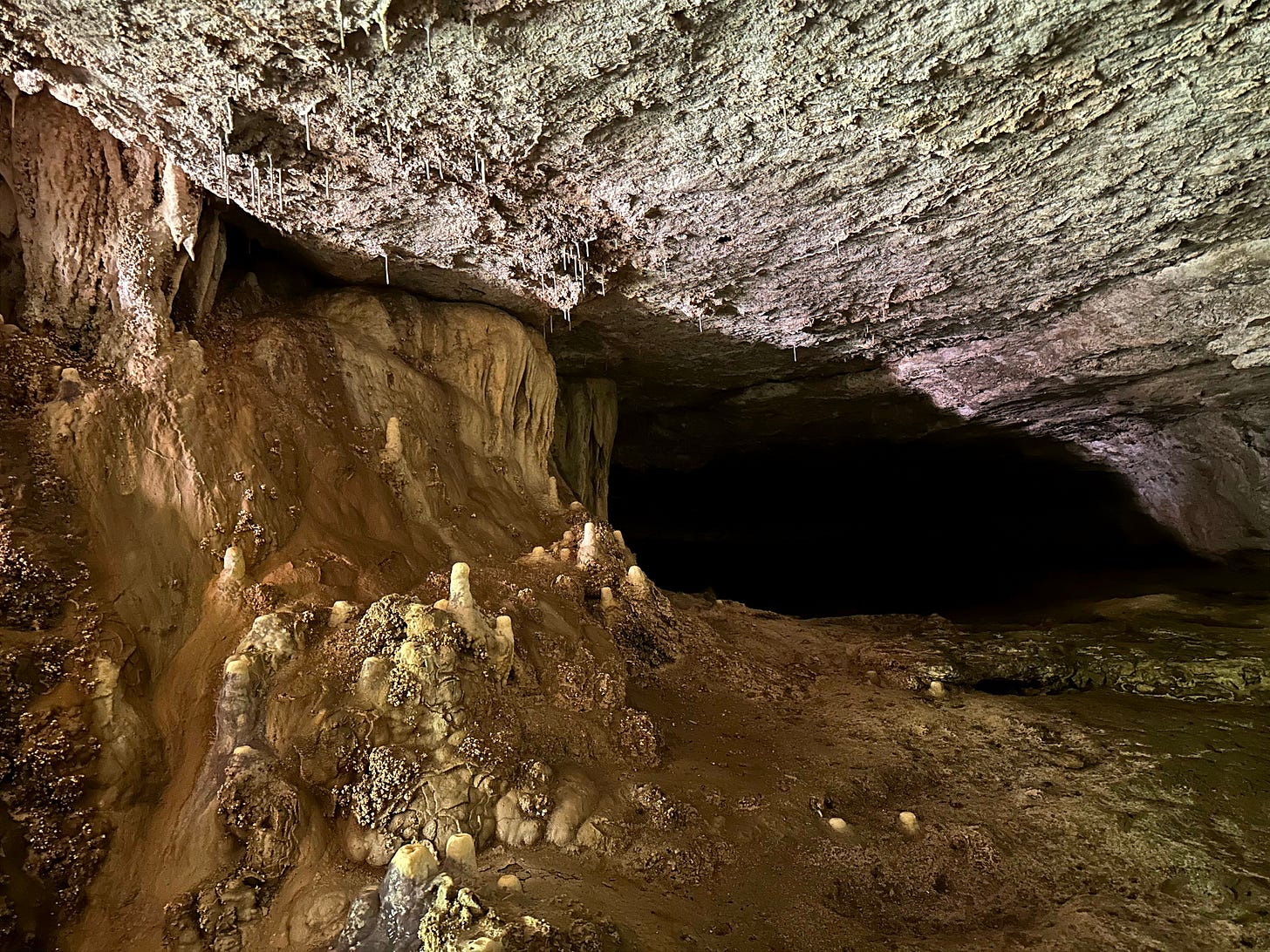
Though small, the cave had the usual formations, like stalactites, stalagmites, and soda straws, among others.
After the cave tour, we were free to stay longer or make our way back at our own pace.
We were some of the last ones of the small group to leave the cave.
Walking back, we noticed once again the lush vegetation surrounding us in an almost tropical setting. The climate at the bottom of the canyon allows the growth of a wide variety of trees, shrubs, and flowers, including bald cypress, sycamores, mosses, and ferns, among many others.
But it wasn’t always the same.
Standing in a circle near a pool formed by the waterfall coming down above a cavern, we listened to the story of how this place came to be protected.
Westcave, named by German settlers for its location west of the Pedernales River, was once owned by the Republic of Texas until the 1950s. After the state sold it, the land changed hands several times, while it was overused and abused by campers and tourists who came for its natural beauty but cared little for its preservation.
It sounded terrible as our guide described it. Garbage was strewn everywhere, vegetation barely surviving or dying; it was a wasteland, from what I imagined hearing her description.
But sometimes, people with money who care about nature step in to protect it.
In 1974, an Austin resident who recognized the need to restore and protect this area, John Covert Watson, bought twenty-six acres surrounding the cave and established Westcave Preserve Corporation. Later, a neighboring landowner, Alfred Glenn, added three acres. The corporation received nonprofit status in 1976 and continued to keep the site open to the public while allowing minimal disturbance to the environment. As a nonprofit, the organization depended on donations and grants, and on the work done by volunteers and the resident manager. By 1981, it was struggling financially. That’s when the Lower Colorado River Authority stepped in and bought the property, allowing the corporation to lease it at a nominal fee.
More land was added later, and now the preserve extends 76 acres. Nature in the preserve is thriving, protected through the policies of only allowing visitors to walk into the canyon with a guide. They don’t allow camping in the park; visitors are asked to stay on the trails and not collect anything.
Visiting this way adds the opportunity to learn more about this unique environment from knowledgeable naturalists and ecologists guiding the tours. Keeping groups under 25 also ensures that everyone has a good time while being able to listen to the guide and learn to appreciate the outdoors and the unique environment at Westcave.
No matter where you are in the world, I hope you have a special outdoor place, a natural preserve, you can visit and enjoy. I am always grateful for our public places, be it National Parks or local nature preserves, or any other protected natural areas. Hope you have one nearby, or you can find one in any place you travel to. Let me know if you’ve visited it (and, of course, if you visited Westcave).
Until next time,
Emese
If you enjoyed this post, please give it a “like” and share it to help others find it, too.
If you came across it on Substack and you are not a subscriber, consider subscribing.
And, if you’d like to support me in a small way, I always appreciate a cup of coffee.
If you enjoyed this post, you might like these:
·
·
·


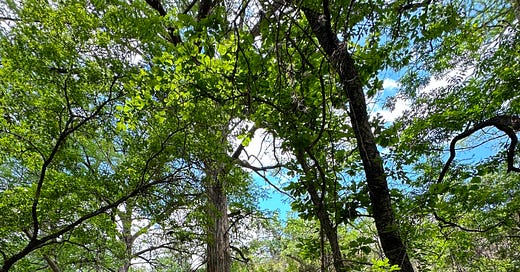



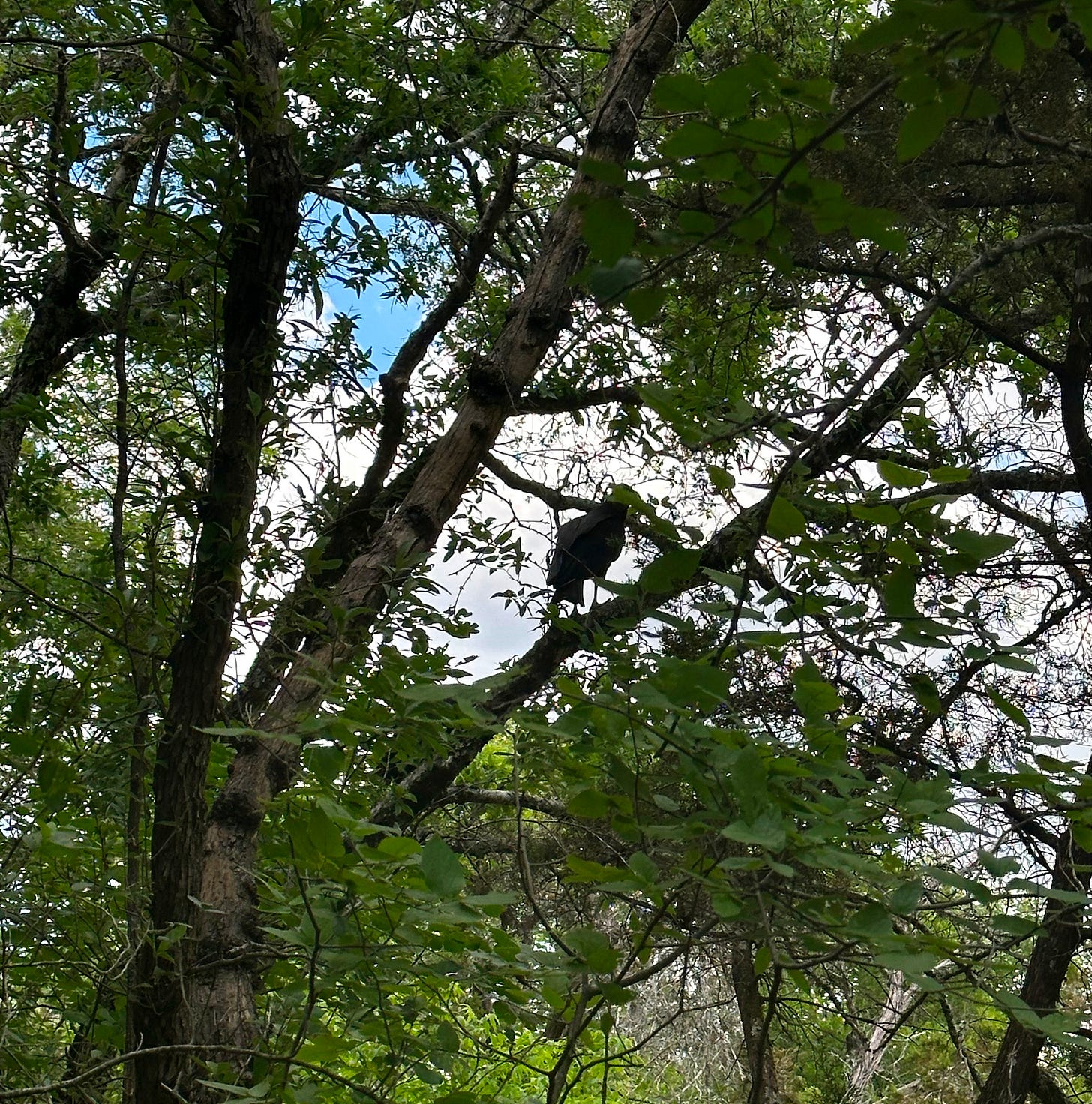
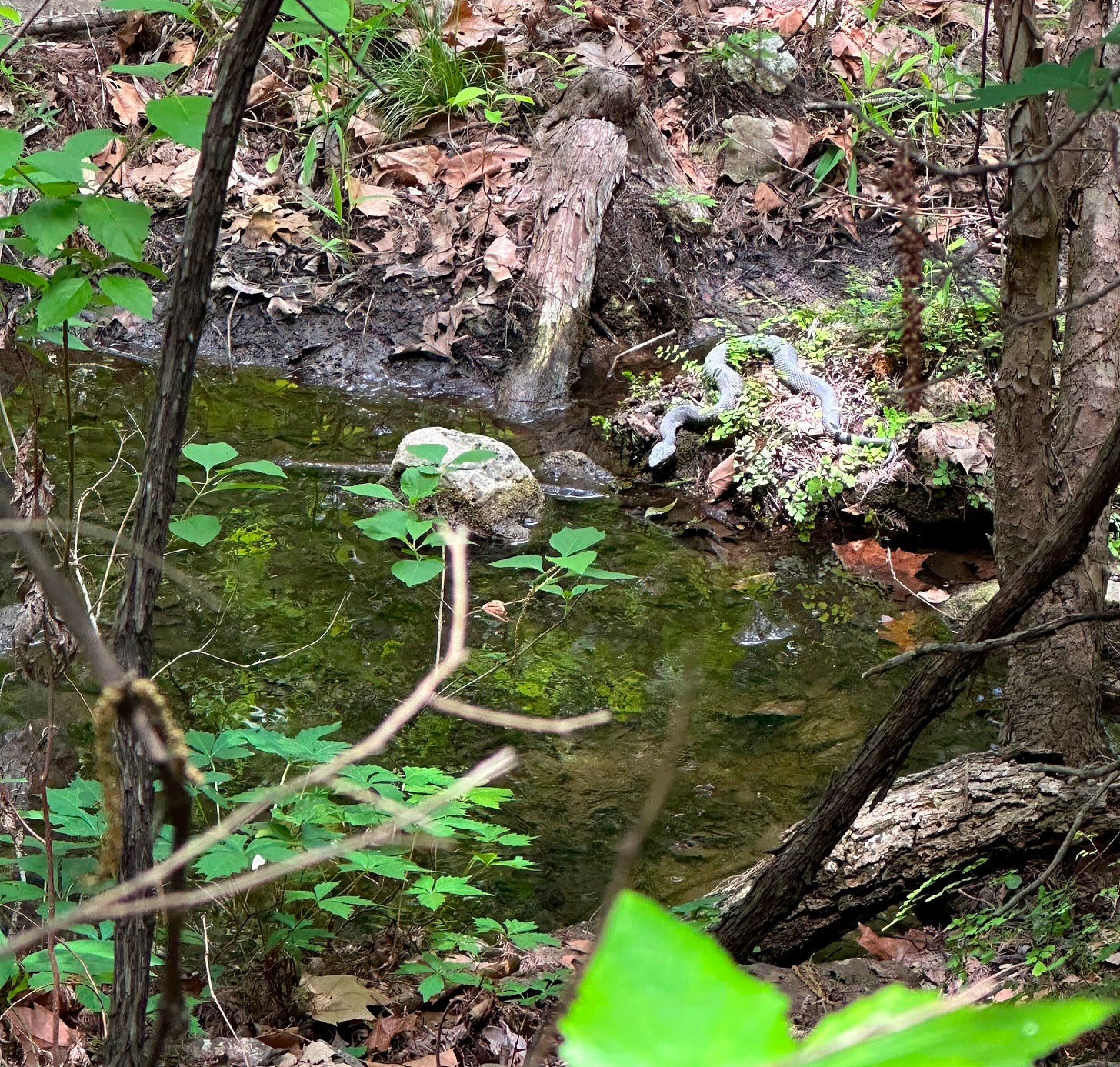

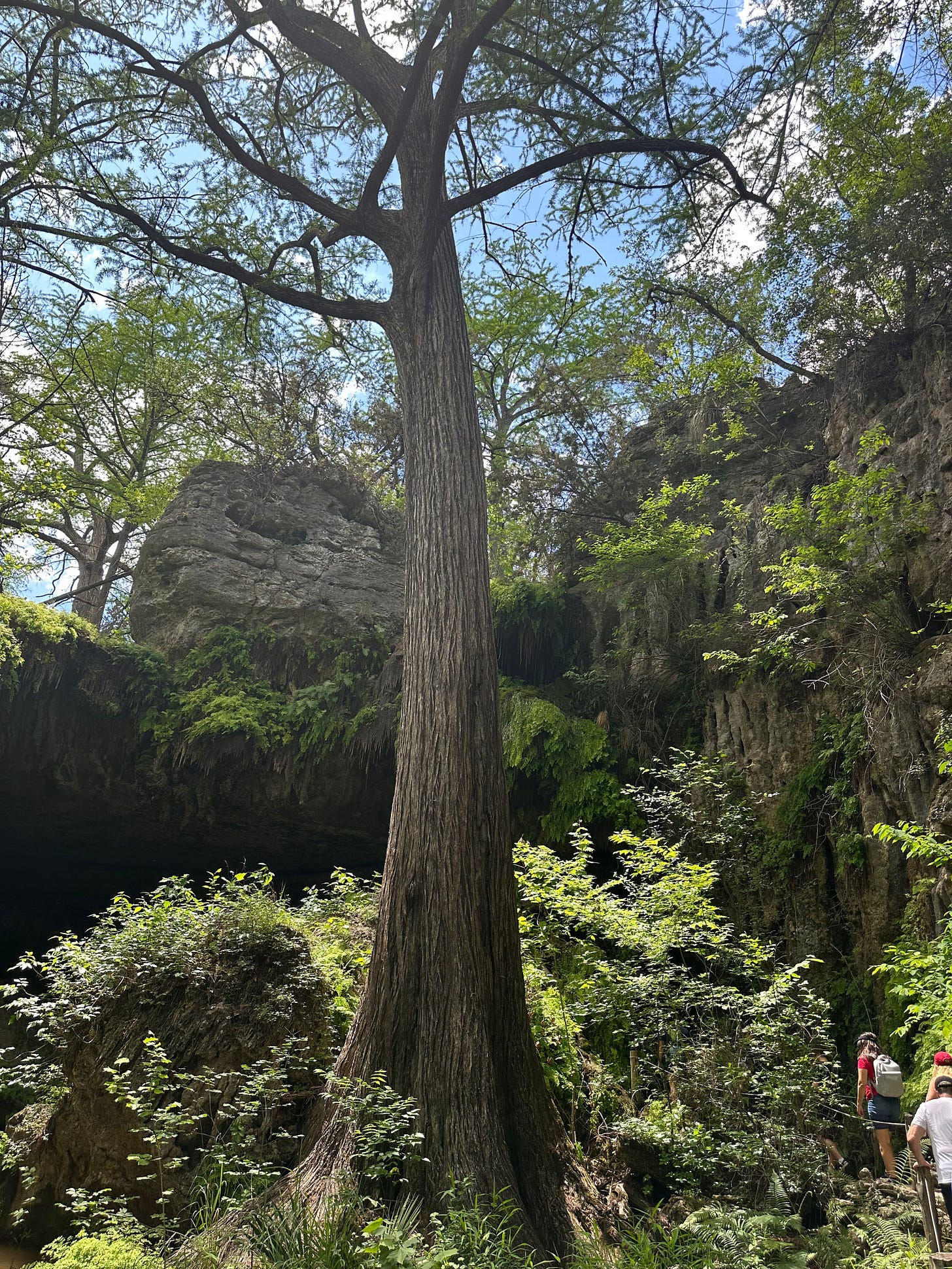
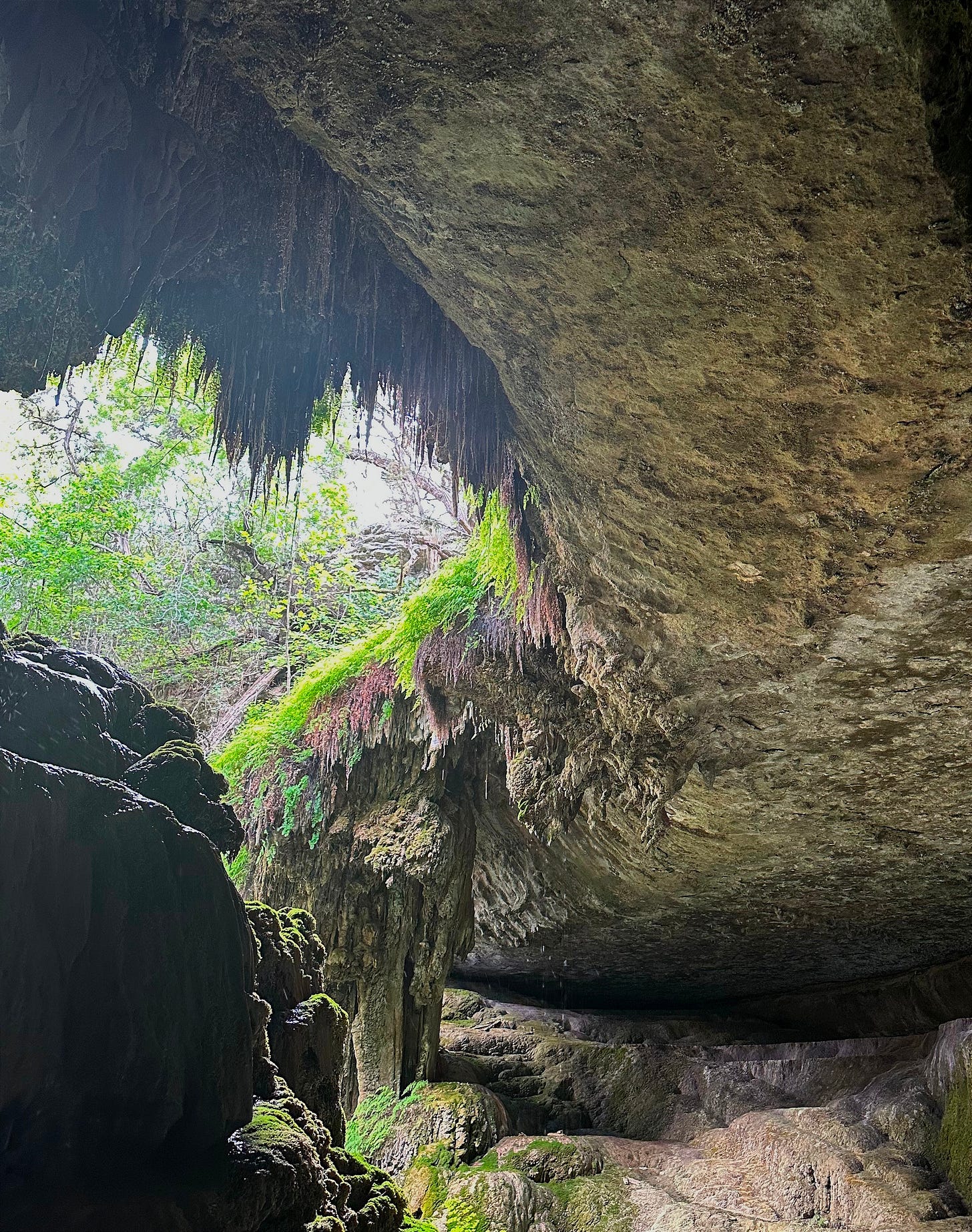
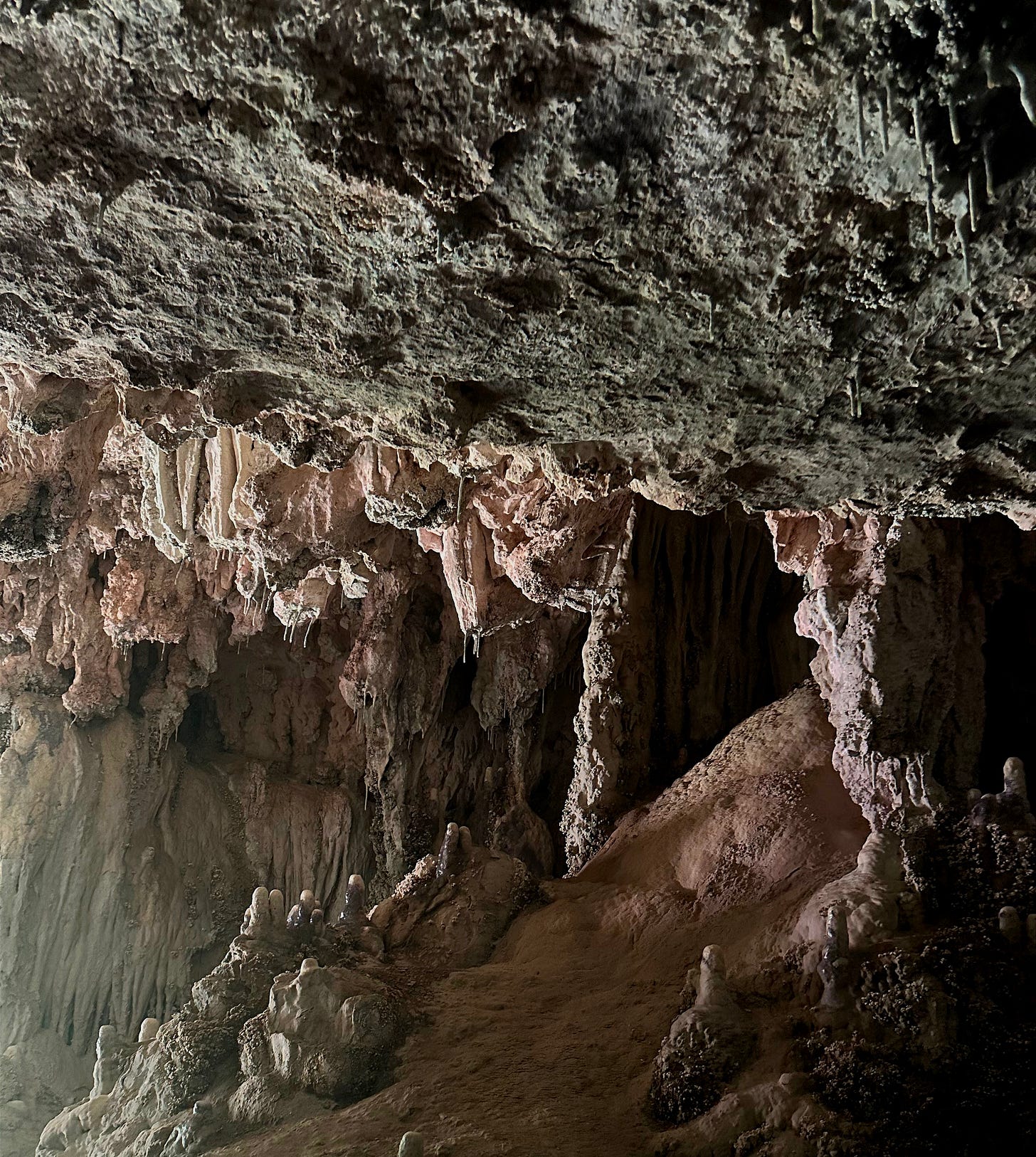
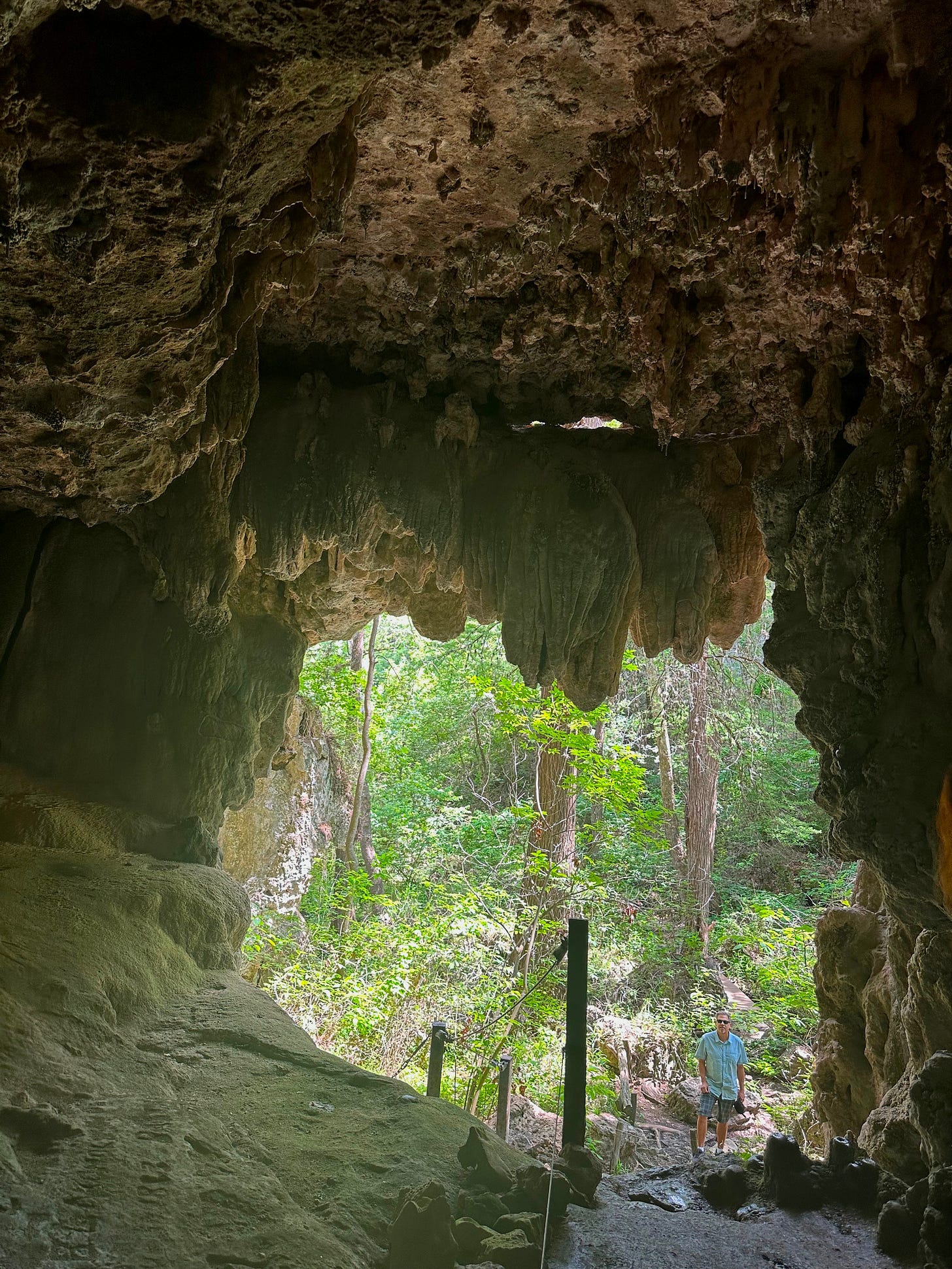
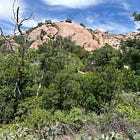
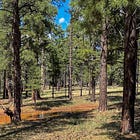
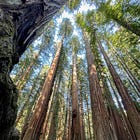
Miraculously beautiful photos. Emese, and astounding story about the preserve! What is Wrong w/ people? But you are so right--occasionally right minded, climate endearing folks will step in and save the day. 76 acres is pretty good!
Lovely. We will have to check this out next time we are through Texas. Do they let you walk back at your own pace? We love looking for birds and other wildlife.